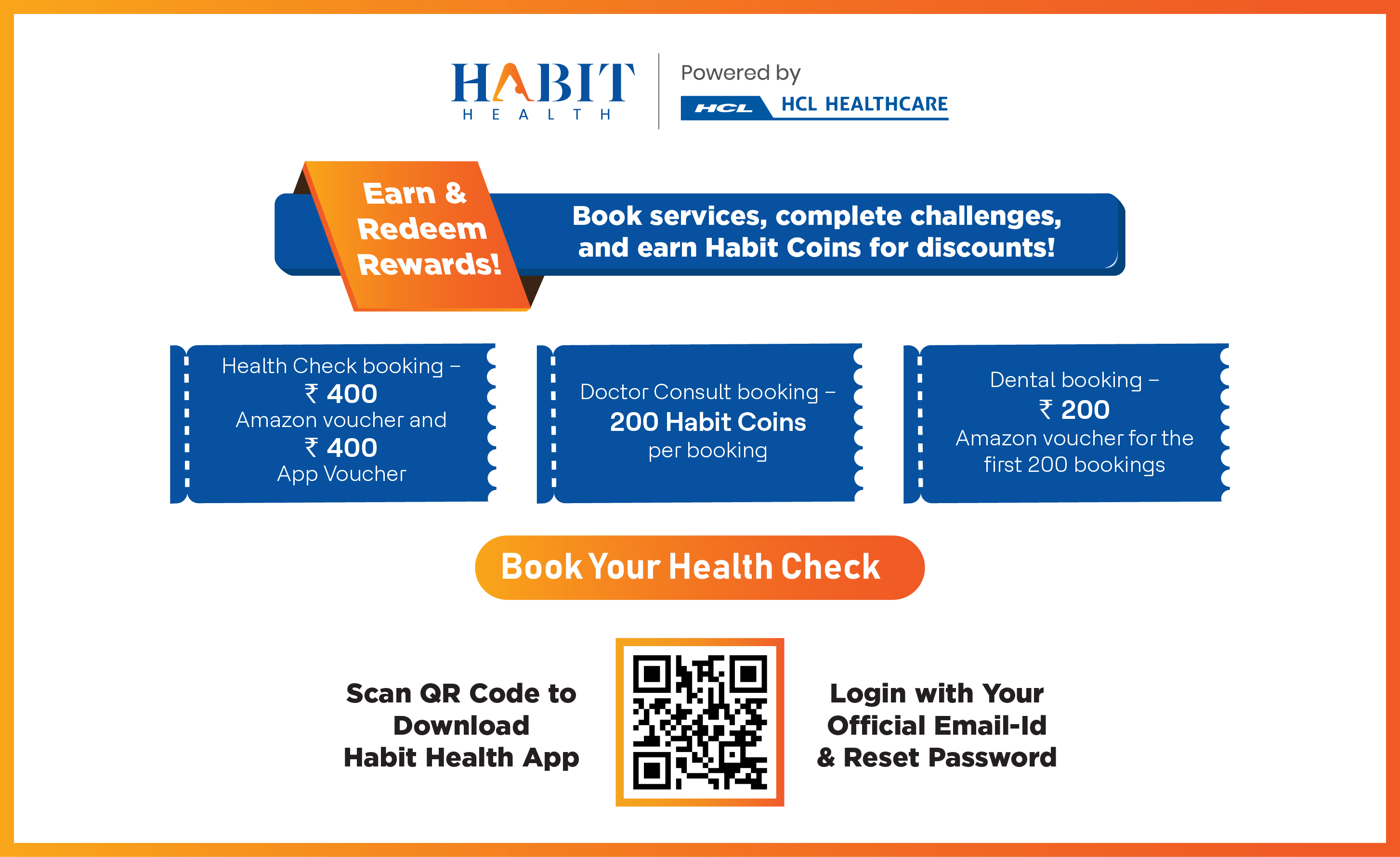Let’s be real, everyone wants flawless, “no-filter-needed” skin. And with India’s beauty industry set to hit the top five global markets by 2025, we have endless products to choose from. From organic serums to glass-skin moisturizers, the options are crazy!
But here’s the catch: 44% of cosmetic users experience negative side effects like acne, irritation, and even long-term health risks. And if you’re layering multiple products daily, you might be exposing yourself to some seriously harmful chemicals.
Before you panic and toss your entire beauty stash, let’s talk about how to be skin-friendly while still looking fire.
Cosmetics vs. Your Skin: The Hidden Danger Zone
Most of us check for SPF, but do we ever flip the bottle and check for phthalates, parabens, or triclosan? These sneaky chemicals are found in everyday beauty essentials:
- Phthalates – Found in perfumes, shower gels, and nail polish. Can mess with hormones.
- Parabens – Lurking in lotions, shampoos, and lipsticks. Can cause skin irritation and mimic estrogen.
- Triclosan – Hiding in toothpaste, soaps, and cleansers. Linked to antibiotic resistance.
- UV Filters – Found in sunscreens and makeup. Some are known to disrupt hormones.
Using the wrong mix of these chemicals can lead to breakouts, dullness, or even long-term health issues. But don’t stress—we’ve got solutions that will keep you glowing and worry-free!
How to Be Skin-Friendly with the Right Cosmetics
1. Read the Ingredients Like a Pro
Instead of picking the trendiest, most “clickable” product, scan the ingredients list. Avoid anything with long, complicated names ending in “-paraben” or “-phthalate.” Look for products labeled “non-toxic,” “paraben-free,” or “organic-certified.”
2. Less is More – Skip the 10-Step Routine
Social media makes us think we need a 10-step routine, but layering too many products can do more harm than good. Stick to the basics:
- Cleanser – A mild, sulfate-free option
- Moisturizer – Choose a non-comedogenic formula
- Sunscreen – SPF 30+ (without oxybenzone)
3. Swap Chemicals for Skin-Loving Naturals
Looking for that glow-up without the toxins? Try these instead:
- Aloe Vera Gel – Soothes and hydrates like magic
- Rose Water Mist – Refreshes your skin instantly
- Coconut Oil – A natural makeup remover (but patch test first!)
- Turmeric & Honey Mask – Brightens skin without harsh chemicals
Natural Remedies That Actually Work
Want the glow without worrying about chemicals? Try these 100% natural hacks:
- For Acne: Mix neem powder + rose water for a breakout-fighting face pack.
- For Dry Skin: Slather on pure ghee overnight for deep hydration.
- For Dark Circles: Dip cotton pads in cold green tea and place them under your eyes.
- For Dullness: Exfoliate with coffee + honey for an instant skin pick-me-up.
How to Find the Right Cosmetics for Your Skin – No More Guesswork!
With thousands of beauty products out there, choosing the right one can feel like picking the perfect selfie filter—overwhelming! But if you want that flawless, Instagram-worthy glow without the regrets, here’s how to shop smart and skin-friendly:
1. Know Your Skin Type (Because One Size Doesn’t Fit All!)
Your best friend’s holy grail foundation might not work for you, and that’s okay! Before buying, figure out if your skin is:
- Oily: Look for oil-free, mattifying products (think gel-based moisturizers).
- Dry: Go for hydrating, creamy formulas with hyaluronic acid or glycerin.
- Sensitive: Avoid fragrance and alcohol—stick to gentle, hypoallergenic picks.
- Combination: Find lightweight, non-comedogenic products that balance both dry and oily areas.
2. Check the Ingredients Like a Pro
Don’t just fall for trendy packaging—flip the bottle and scan the label! Avoid:
- Parabens & Phthalates – Can disrupt hormones.
- Sulfates (SLS, SLES) – Strips natural oils, causing irritation.
- Artificial Fragrances & Dyes – Common triggers for breakouts.
Instead, look for “dermatologist-tested,” “non-toxic,” or “organic-certified” products.
3. Patch Test Before Committing
Ever bought a product, only to break out the next day? Avoid the drama—patch test before going all in! Apply a small amount on your jawline or wrist, wait 24 hours, and check for any reactions.
4. Choose Brands That Keep It Clean
With India’s beauty industry shifting toward herbal and organic options, more brands are embracing clean beauty. Look for companies that are:
- Cruelty-free – No animal testing.
- Eco-conscious – Sustainable packaging & ethical sourcing.
- Transparency-focused – Clear ingredient lists, no hidden chemicals.
Some popular Indian brands that fit the bill: Forest Essentials, Juicy Chemistry, Kama Ayurveda, and Mamaearth.
5. Don’t Fall for Marketing Hype
Just because a product is “viral” doesn’t mean it’s right for you! Instead of blindly following trends, read real customer reviews, check swatches, and see if the product aligns with your skin type.
The Future of Beauty in India: More Organic, Less Toxic
With India’s beauty market booming, the shift toward organic and herbal products is stronger than ever. More brands are ditching harmful chemicals in favor of Ayurvedic, cruelty-free, and eco-friendly formulations.
Now, India will make up 5% of the total global cosmetics market, and we’re seeing more demand for clean beauty. That means better, safer options for skincare lovers like us!
Final Glow-Up Thoughts
Your skincare routine should love your skin, not stress it out. By choosing the right products, avoiding harsh chemicals, and embracing natural beauty hacks, you can keep your skin healthy and radiant.
So, before you buy that next viral product, check the label and ask: “Is this really skin-friendly?”
Your skin deserves better—so let’s glow the right way!



























